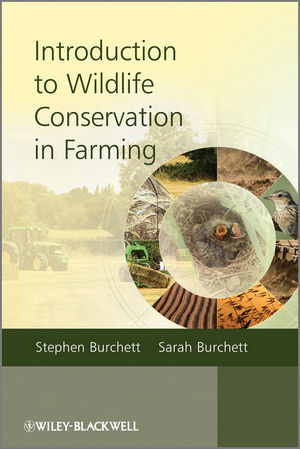

Most ebook files are in PDF format, so you can easily read them using various software such as Foxit Reader or directly on the Google Chrome browser.
Some ebook files are released by publishers in other formats such as .awz, .mobi, .epub, .fb2, etc. You may need to install specific software to read these formats on mobile/PC, such as Calibre.
Please read the tutorial at this link: https://ebookbell.com/faq
We offer FREE conversion to the popular formats you request; however, this may take some time. Therefore, right after payment, please email us, and we will try to provide the service as quickly as possible.
For some exceptional file formats or broken links (if any), please refrain from opening any disputes. Instead, email us first, and we will try to assist within a maximum of 6 hours.
EbookBell Team

4.4
62 reviewsThe carefully structured book begins by introducing the overall subject including some statistics on current farming activities, giving a brief outlook for the future of farming systems in relation to conservation. Each subsequent chapter will have its own introduction setting the commercial context and conservation value of an example farm, and will progress with a series of case studies that will include the following elements: site assessment; species list; soils management options; and a habitat management plan. A summary section will draw together the common themes of the chapter and develop a lead-in to subsequent chapters.
It will provide students with an informed appreciation of current practice whilst raising questions about the development of conservation in farming in the future.
Content: